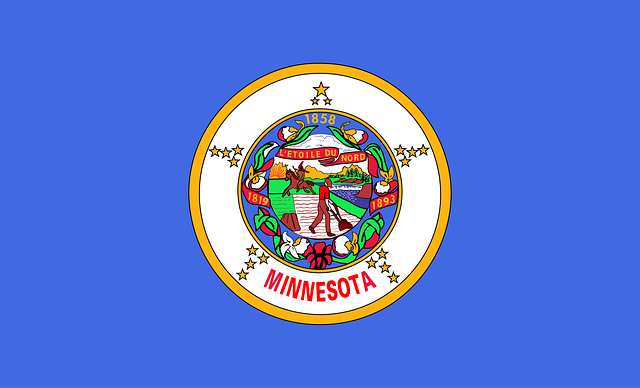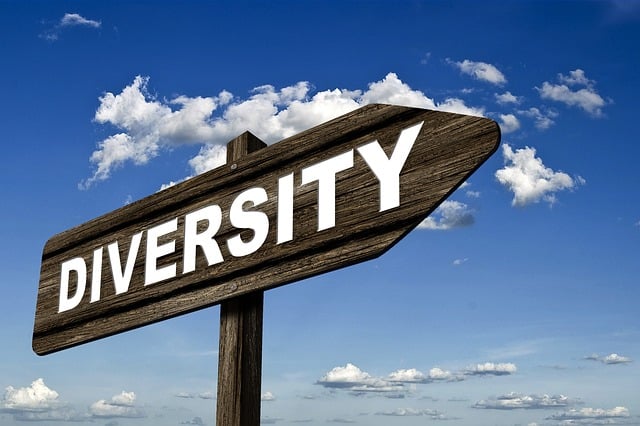Embracing diversity in real estate through mixed-use tenancy is a profitable strategy. By integrating residential, commercial, and recreational spaces, these projects attract diverse tenants, enhance property value, promote local business growth, and contribute to sustainable urban planning. Flexible leasing terms, inclusive design, and cultural events foster community engagement, drive market growth, and increase occupancy rates in today's competitive real estate market.
In today’s diverse urban landscapes, encouraging a varied tenant mix is crucial for real estate success. This article explores the transformative power of mixed-use tenancy, highlighting its benefits for urban spaces and offering strategic insights to attract a diverse range of tenants. By embracing diversity, real estate professionals can create vibrant communities that cater to various lifestyles, driving sustainable growth and enhancing property value.
Embracing Diversity: The Key to Successful Real Estate

Embracing diversity is a cornerstone for successful real estate ventures. In today’s dynamic market, attracting and accommodating a varied tenant mix offers numerous benefits that can significantly enhance property value and appeal. A diverse community brings together individuals from different backgrounds, cultures, and economic statuses, fostering an inclusive environment that stimulates creativity and innovation. This blend of perspectives contributes to a vibrant atmosphere, encouraging unique business ideas and a broader range of services within the property.
Moreover, real estate with a mixed tenant profile tends to be more resilient during economic shifts. Different industries and businesses have varying cycles, so a diverse mix ensures stability. When one sector struggles, others may thrive, providing financial security for both landlords and tenants. Embracing diversity is not just about moral responsibility; it’s a strategic move that pays dividends in the long run, making real estate investments more attractive and sustainable.
Benefits of Mixed-Use Tenancy for Urban Spaces

Mixed-use tenancy is a game-changer in urban real estate, transforming city landscapes into vibrant, interconnected communities. By integrating residential, commercial, and sometimes even recreational spaces within a single development, mixed-use properties offer numerous advantages. For residents, this means easy access to daily amenities, reducing commute times and fostering a stronger sense of community. The presence of multiple functions also encourages foot traffic, boosting local businesses and creating a lively atmosphere that attracts diverse tenants.
Moreover, mixed-use projects contribute to more sustainable urban planning. By consolidating various needs within one area, they reduce the need for long-distance travel, lowering carbon emissions. This diverse tenant mix can also lead to more efficient land use, as multiple purposes are served on a single site, potentially freeing up space for green initiatives or public areas. In today’s competitive real estate market, embracing mixed-use strategies is not just a trend but a responsible and profitable approach to urban development.
Strategies to Attract a Varied Tenant Base

Attracting a diverse tenant mix is a strategic move in real estate that can enrich communities and drive market growth. One key strategy is to offer flexible leasing terms tailored to various demographics, from young professionals seeking urban convenience to families looking for longer-term stability. This approach ensures a broader appeal and accommodates different life stages.
Additionally, creating inclusive spaces with amenities catering to diverse needs fosters desirability. For instance, implementing accessible features, green spaces, and community hubs encourages a mix of residents. Property managers can also organize social events celebrating cultural diversity, fostering connections and enhancing the overall tenant experience, ultimately leading to higher occupancy rates and satisfied residents.






